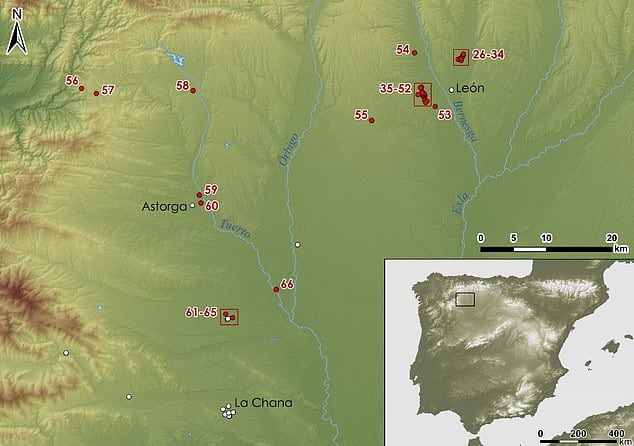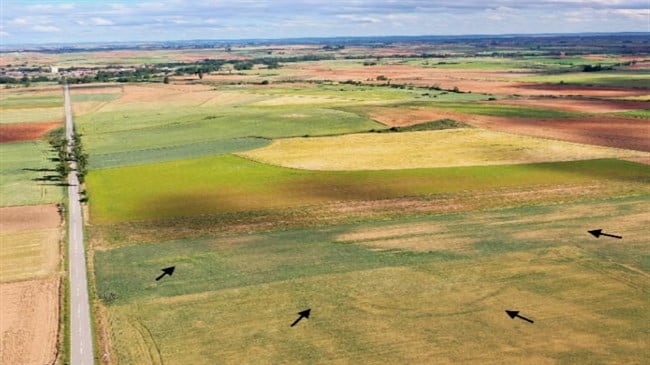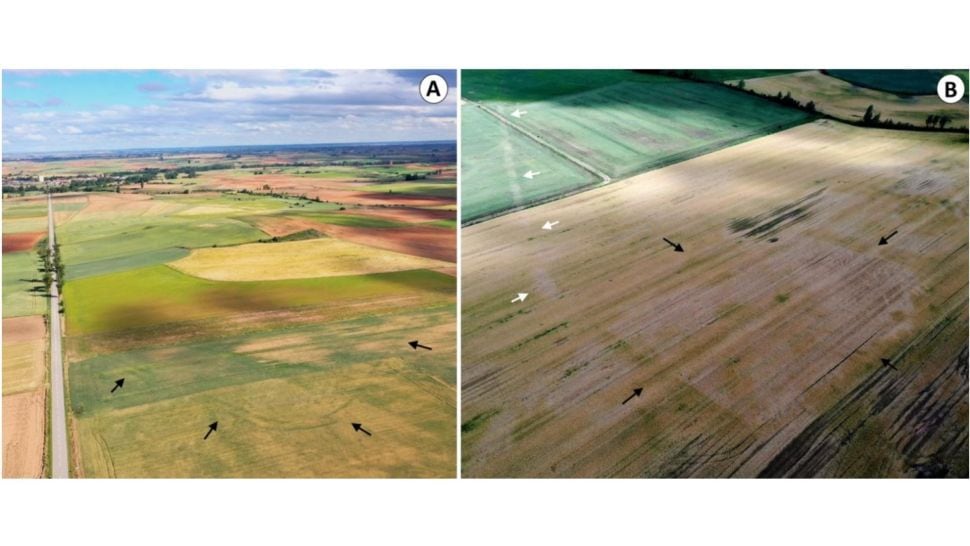66 camps of the Roman army
Categories: Castles, strongholds and extinct places , Finds and rescue research abroad , Nálezy nejenom s detektorem v západní Evropě
A unique network of Roman military camps has been discovered by archaeologists in northern Spain. They include small fortresses and huge foundations covering up to 15 hectares. The army stayed there during the period when they tried to conquer the Iberian Peninsula.
In a mountainous area in northern Spain, archaeologists have uncovered a vast network of Roman army camps. These clearly show how large the Roman army was 2,000 years ago when it conquered the Iberian Peninsula. "They clearly show intense Roman activity at the entrance to the Cantabrian Mountains during the last phase of the conquest of Hispania," said landscape archaeologist João Fonte from the University of Exeter in England.
The remains of 66 training camps, which were also used to house soldiers, were discovered by experts using Earth remote sensing technology. The different camps varied in size. Some looked like really small fortresses and the largest ones were up to 15 hectares in size.
Archaeologists say this is a clear explanation of why the Romans were successful in their conquest of the Iberian island. The large number of soldiers stationed in these camps meant that they could attack the local population from different directions.
"The Roman army set up these temporary settlements as they moved through the enemy'scountries or when manoeuvring around their permanent bases," Fonte outlined.
The camps were strategically placed so that soldiers could go into the field during the cold winter months without moving completely away from their base of operations. One of the big reasons the Romans wanted to conquer the Iberian Peninsula was to gainto gain easy access to natural resources like tin and gold.
The team of experts analysed aerial and satellite imagery, including from Google Earth, created 3D terrain models and used drones to create detailed maps of the area. "We identified so many sites because we used different types of remote sensing," Fonte noted.
An analysis of six dozen camps in northern Spain clearly showed that the Roman army had, during the laterDuring the latter stages of the bloody battle, the Roman presence in the region was greater than historians and archaeologists had originally thought. The Roman occupation lasted from 220 BC to AD 19. It progressed from south to north.
The new sites are located at the foot of the 180-kilometre-long Cantabrian Mountains, which stretch from west to east along the north of Spain. The soldiers crossed plains and hills, with mountain ridges providing protection. In some camps the soldiers stayed for weeks or months, in others they just slept.



Sources: www.livescience.com www.dailymail.co.uk
The article is included in categories: